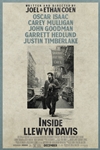 RoboCop
RoboCop
Starring Joel Kinneman, Gary Oldman, Michael Keaton, Jackie Earle Haley, Abbie Cornish and Michael K. Williams
Directed by José Padilha
From MGM and Columbia Pictures
Rated PG-13
118 minutes
This is why films should not be remade
by Michael Clawson of Terminal Volume
Everything that takes place in the RoboCop remake could have, hypothetically, been gleaned from the poster of the original RoboCop or perhaps the Netflix synopsis, which begs the question: did anyone actually watch the original?
I ask because the remake is a misfire in every conceivable way. Where the original was inventive with its science fiction and laced with social commentary, this one is tone deaf to its own existence, blasting through all the subtlety and nuance that made the original so wickedly prescient.
My heart goes out to RoboCop’s director José Padilha, who expressed publicly that the studio was meddling and refused him the latitude to create a film with any semblance of personality, or even just some nervous tics. At the same time, Padilha wasn’t even able to pull off a mediocre hit — he blew right past “mediocre” on the freefall into oblivion — which says a lot for his work, studio meddling or not.
In fairness to all parties, though, Paul Verhoeven’s work is often misunderstood. Starship Troopers is a great example. Ask the fanboys why they love it and they’ll say two things: space marines killing bugs and co-ed showers. But the film was richer than that, with its layers of pre-Internet “Want to know more?” infotainment and its fascist regard for the military, like a science fiction version of Triumph of the Will. Starship Troopers was an idea movie pretending to be a dumb genre picture, the same of which could be said, in varying degrees, to Verhoeven's Basic Instinct, about icepicks and underwear-free interrogations; Totall Recall, about a talking head prosthetic and three-boobed women; and even the reprehensibly bad Showgirls, about gratuitous nudity and bad acting, the subtext of which was gratuitous nudity and bad acting.
This RoboCop, though, has no big ideas, or thoughtful subtext, or social commentary. It’s essentially exactly what the title suggests: a robotic man becomes a police officer. It stars Joel Kinnaman as Alex Murphy, a detective in Detroit’s embattled police department. Murphy is nearly killed in a bomb blast that leaves him with nothing but a hand, head, heart and lungs. His metallic body is brought together in one of those Iron Man chambers, where all the pieces come up from the floor to assemble. He’s created by OmniCorp, a drone manufacturer that is sending tactical unmanned robots and tanks into Afghanistan to obliterate every 10-year-old holding a kitchen knife.
Omnicorp wants to bring drones to the United States, but they need a test case to woo Congress to throw out a law banning artificially intelligent drones. Murphy, his meaty stumps still simmering from the bomb blast, is that test case. If you’ll recall in the original, Alex Murphy had his brain wiped clean before becoming the cyborg cop. Here, though, this Murphy is aware of who he is, which requires all sorts of family drama with his wife and his son, whose only identifying characteristic seems to be that he likes hockey. (Screenwriter 1: “How do we make this kid less two-dimensional?” Screenwriter 2: “Give him a hobby he obsesses over. Brilliant.”)
For a brief spell right in the middle of the movie, RoboCop does exactly what he’s programmed to do — he arrests bad guys. He does this by using a huge database that crosschecks mugshots with surveillance footage, which leads me to ask an obvious question: Why haven't the regular cops done this?
The movie can’t decide what state Murphy's brain is in. He begins with all his memories intact, and an obvious case of post-traumatic stress disorder, but then the plot requires changes to his brain chemistry: too much dopamine, not enough, microchips are removed, then they’re put back and the whole time Murphy bounces from one emotional state to none at all. One day he can recognize his partner (the great Michael K. Williams in a wasted role) and the next he’s dodging around his weepy wife in a Tron lightcycle. Recall the original film and how neat this was all handled: Murphy’s memories slowly creeped into RoboCop’s programming, suggesting that the human parts of a brain could never be overwritten. Now contrast that with this mess. The difference is night and day.
Mostly, though, the RoboCop reboot is just stupid moviemaking. It takes close to 65 minutes to get RoboCop on the street, and even then he has to go through the most mindless training program, some of it while listening to yodel-sampled dance music (Google “Hocus Pocus” by Focus). The film frequently teases bigger ideas (drones in Afghanistan, the ethics of robotic people, the wackiness of Congress, FOX News' wacky slant) but all lead to dead ends and hollow payoffs. This movie is so stupid that when it pans across the dome of the US Capitol, the Washington Monument piercing the sky in the background, the bottom of the screen reads “Washington D.C.” because apparently it needed to be stated. And there’s poor Kinnaman, stuck in that ghastly suit, his career’s metal-plated albatross.
All those memorable scenes of Verhoeven's RoboCop shooting through skirts, wrestling through drywall and making those awful speeches quoting the police code to victims have been replaced with mindless shootouts and vapid action sequences that your brain will forget, delete and write over as they’re happening in real time.
Many films have been questionably remade: Psycho, Godzilla, Willy Wonka. Each is their own brand of awful, but RoboCop might be the new gold standard for remakes that just don’t get it.

 The LEGO Movie
The LEGO Movie
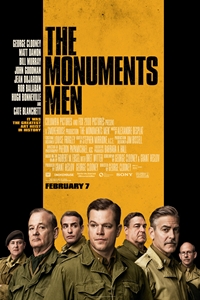 The Monuments Men
The Monuments Men
 Hey, What Happened to that Film?
Hey, What Happened to that Film? At Middleton
At Middleton
 Gimme Shelter
Gimme Shelter
 Ride Along
Ride Along Jack Ryan: Shadow Recruit
Starring Chris Pine, Kevin Costner, Kenneth Branagh and Keira Knightley
Directed by Kenneth Branagh
Jack Ryan: Shadow Recruit
Starring Chris Pine, Kevin Costner, Kenneth Branagh and Keira Knightley
Directed by Kenneth Branagh Lone Survivor
Lone Survivor Her
Her August: Osage County
August: Osage County
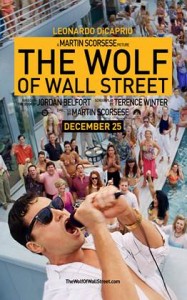
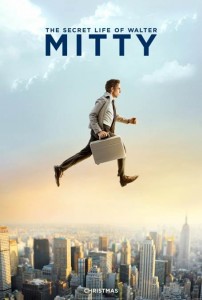
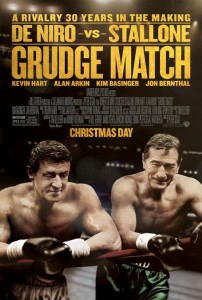
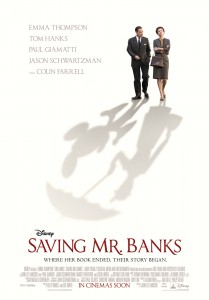

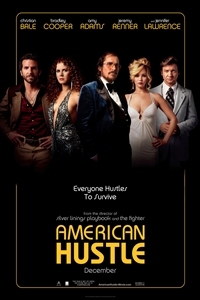 American Hustle
Starring:Christian Bale, Bradley Cooper, Amy Adams.
American Hustle
Starring:Christian Bale, Bradley Cooper, Amy Adams.